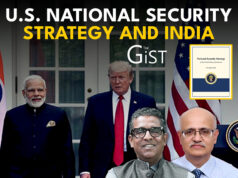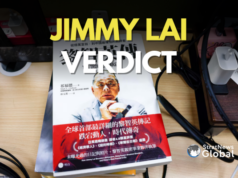What are the implications of the US-China “trade truce”? It would appear that President Trump is walking back from his loud talk of rebuilding manufacturing in his country, of rebalancing the trade with China.
Jayant Dasgupta, India’s former ambassador to the World Trade Organisation, believes that “Trump was impulsive when he raised tariffs … he ought to have exercised more discretion and pushed it in a balanced way. China also played the game by standing resolute to the very end and Trump backed off.”
For instance, it is a huge buyer of soyabean from the US, but it turned away from there and went to Brazil. China also leveraged the fact that from textiles to electronics, it is the world’s leading manufacturer and supplier and no country in the world can match it in scale and quality.
What happens to the grand plans of not too long ago, for diversifying supply chains away from China, and getting US tech majors to pull out from China and move either back home or to places like India?
All those efforts will now be on hold as industry waits to see what happens after 90 days. If tariffs come down to 10% or lower, they are back in business, so why move out of China. In effect China +1 may not happen.
India’s Commerce Minister Piyush Goyal is presently in the US where the focus will be on this development and the options before India.
Ambassador Dasgupta believes “India is negotiating in a bit of a vacuum, in a world of uncertainty … you don’t know if the premises on which you have based your demands are still going to be valid after 90 days.”
India, given its structural problems, and issues related to logistics, may end up being forded to take a backseat investment-wise. If the US demands favourable terms for its agricultural products, some of which like poultry, contain items offensive to religious sentiments here, there could be more problems down the road.
Tune in for more in this conversation with Jayant Dasgupta, India’s former ambassador to the WTO
Thirty eight years in journalism, widely travelled, history buff with a preference for Old Monk Rum. Current interest/focus spans China, Technology and Trade. Recent reads: Steven Colls Directorate S and Alexander Frater's Chasing the Monsoon. Netflix/Prime video junkie. Loves animal videos on Facebook. Reluctant tweeter.




